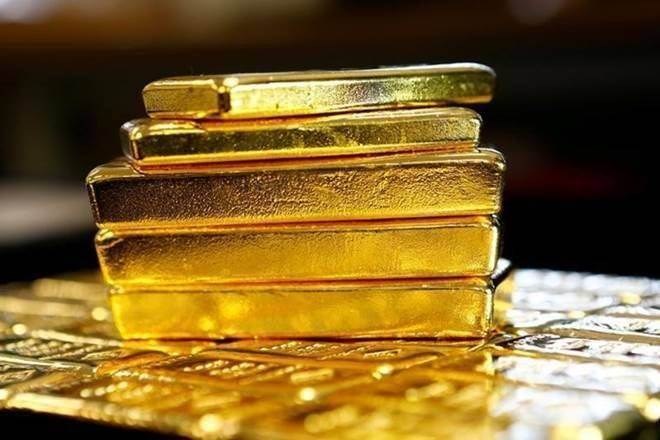India’s gold demand dropped 9% year-on-year to hit a three-year low of 690.4 tonne in 2019, the World Gold Council (WGC) said on Thursday. The demand crashed 18% in the December quarter to 194.3 tonne despite festive consumption, as record prices of the metal and an economic slowdown put a leash on retail purchases.
The September-December 2019 was the second worst quarter for Indian gold demand in a decade, while the July-December period marked the worst half-yearly performance since 2009.
However, the global miners’ body expects a recovery in Indian demand in 2020. Somasundaram PR, the managing director (India), WGC, said, “As policy measures unfold, broader economic growth accelerates and local prices of the past six months become more acceptable among households, India’s gold demand will be in the range of 700-800 tonne in 2020.”

A lot of pent-up demand could also spill over, as the health of the rural economy improved in 2020. The uncertainties surrounding global growth, partly due to the coronavirus outbreak in China, could also be positive for global gold consumption.
Domestic gold prices ended 2019 just above Rs 39,000 per ten grams, almost 24% higher than at the end of 2018, mirroring a rise in global prices, a weak rupee and a hike in the import duty to 12.5% in July last year from 10% earlier.
Jewellery demand in the December quarter plunged 17% y-o-y to 149 tonne, while that for bars and coins was down by 20% at 45.3 tonne. However, in value term, overall demand in the December quarter was down by only 2%, thanks to elevated prices. For the full year (2019), jewellery demand declined 9% y-o-y to 544.6 tonne, and bar and coins demand dipped 10% to 145.8 tonne.
The country’s gold imports, including inflows via grey channels, dropped 14% to 646.8 tonne in 2019 from 755.7 tonne in 2018, according to the WGC. Inflows through smuggling (grey market) stood at 115-120 tonne in 2019.
“Imports remained lower due to softening of local demand and 37% increase in recycled gold to 119 tonne in 2019,” Somasundaram said. “We do believe imports may not rise as fast as demand this year. But do expect custom duty on gold to be reduced to 10% from 12.5% at present.”
Global demand drops 1%
Global gold demand dropped 1% y-o-y to 4355.7 tonne in 2019, having recorded resilience and growth across most sectors in the first six months but there was widespread weakness in the second. Central bank demand slowed in the second half — down 38% — in contrast with H1’s 65% increase, the WGC said.
“However, this was partly due to the sheer scale of buying that had been seen in the preceding few quarters. Annual buying nevertheless still reached a remarkable 650.3 tonne — the second highest level for 50 years and only six tonne less than in 2018.”
Gold-backed exchange-traded funds (ETFs) inflows bucked the general trend, with investment in these products holding up strongly throughout the first nine months of the year, reaching a crescendo of 255.5 tonne in September quarter. Momentum then subsided in Q4, with inflows slowing to 26.4 tonne, a 77% fall y-o-y. The annual supply of gold increased 2% to 4,776 tonne. This growth came purely from recycling and hedging.
Alistair Hewitt, head of market intelligence at the World Gold Council, said: “These (gold-backed ETF) inflows, along with a sharp increase in futures positioning, saw the US dollar gold price reach a six-year high. But retail investment and jewellery demand sank, partly due to the rapid price rise in the second half of the year.
“Looking ahead, we expect gold’s safe haven qualities to remain at the forefront of investors’ minds as they navigate global tensions, low yields, and stretched equity valuations.”

